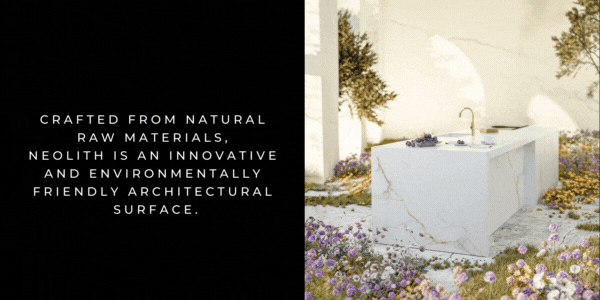The Benefits of Integrating Technology into Your Home Design
Modern home design increasingly blends aesthetics with functionality, highlighting the importance of technology in creating spaces that are beautiful and practical, and efficient. As our lives become more intertwined with technology, integrating these advancements into home design can significantly improve our living experience.
Here we explore the multiple benefits that come from this integration, transforming your home into a seamless blend of comfort, convenience, and innovation.
Convenience and Comfort
Integrating technology into home design improves your daily life by making tasks simpler and more comfortable. Smart home devices can automate lighting, heating, and cooling systems based on your preferences and routines.
Smart thermostats learn your schedule, adjusting temperatures automatically to guarantee optimal comfort when you’re home and saving energy when you’re not.
Ontegrating voice-activated systems allows you to control numerous devices hands-free. Imagine walking into your home, and without lifting a finger, your favorite music starts playing, the lights dim, and the blinds open. Such automation adds convenience and makes your living space feel customized to your lifestyle.
Increased Home Security
Safety is a paramount concern for any homeowner, and technology plays a role in improving security. Integrated home security systems offer real-time access to surveillance cameras, alarms, and locks, all from the convenience of your smartphone. You can monitor your home remotely and receive alerts for any unusual activity.
Smart locks allow you to grant access to guests via temporary codes or monitor who enters and exits your home. Utilizing smart home automation provides peace of mind, knowing your home is secure at all times. This heightened security can make your home feel more comfortable, allowing you to enjoy your space without fear.
Energy Efficiency and Cost Savings
One of the most significant benefits of integrating technology into your home design is improved energy efficiency. Smart systems can monitor your energy consumption, helping identify areas where you can cut costs.
Smart lighting systems can turn off when you leave a room, and smart appliances can operate during off-peak hours when energy rates are lower.
Incorporating energy-efficient technologies, such as LED lighting, smart thermostats, and energy monitoring systems, often leads to substantial savings on utility bills.
According to the U.S. Department of Energy, proper integration of these systems can lead to savings of more than 20% on your annual energy costs.
Improved Design Flexibility
Integrating technology into home design improves the functionality and the aesthetic appeal of your space. Designers can create open layouts without compromising efficiency. Invisible systems, such as in-wall speakers or hidden wiring, keep spaces uncluttered, allowing for clean lines and a modern feel.
Smart home systems can be customized to suit various design themes, from minimalistic to cozy and traditional. Homeowners can choose from a range of devices that blend seamlessly into their existing design. This flexibility allows you to transform your living environment into a more personalized space without sacrificing sophistication.
Better Connectivity and Entertainment
Modern technology seamlessly connects various devices in your home, improving your entertainment experience. High-speed internet and smart TVs permit easy access to streaming services, allowing you to enjoy movies and music at your leisure.
Gaming systems can integrate with smart devices for an improved experience across platforms
Voice commands may alter the volume, switch playlists, or stream content to different rooms effortlessly.
This functionality grows connectivity, making it simpler to enjoy quality time with family and friends around shared interests.
Sustainable Living Solutions
Modern technology supports sustainable living initiatives within home design. Smart home technologies reduce energy consumption and reliance on non-renewable sources through phenomena like automated shade systems that adjust according to sunlight intensity. Smart irrigation systems help maintain landscaping and significantly reduce water usage.
Sustainable living, facilitated by integrated technology, is advantageous for the planet but is increasingly attractive for potential buyers. It reflects a commitment to intelligent resource management in home design.
Integrating technology into home design improves comfort and convenience and promotes energy efficiency, security, and sustainable living solutions.
The fusion of technology and design is critical to creating a modern, functional living environment that meets modern demands. As advancements continue to evolve, the possibilities for creating an intelligent home will only expand.
You might also like...
-
Sound That Warms the Soul with Homemation

No cosy space is complete without the right high-end audio system to set the tone—especially when winter playlists are in heavy rotation. Whether it’s soft ...
-
Outdoor Entertainment Just Got Better This Summer with Homemation

Homemation takes outdoor audio to the next level with Martin Logan Landscape Speakers, delivering rich, detailed sound that blends seamlessly into any outdoor setting. Engineered ...
-
Design Meets Performance: The Eversolo Play & Play CD Edition Now Available in South Africa

Where smart tech, audiophile engineering, and sleek design converge In an age where technology often prioritises function over form, the Eversolo Play delivers both—without compromise. ...





















